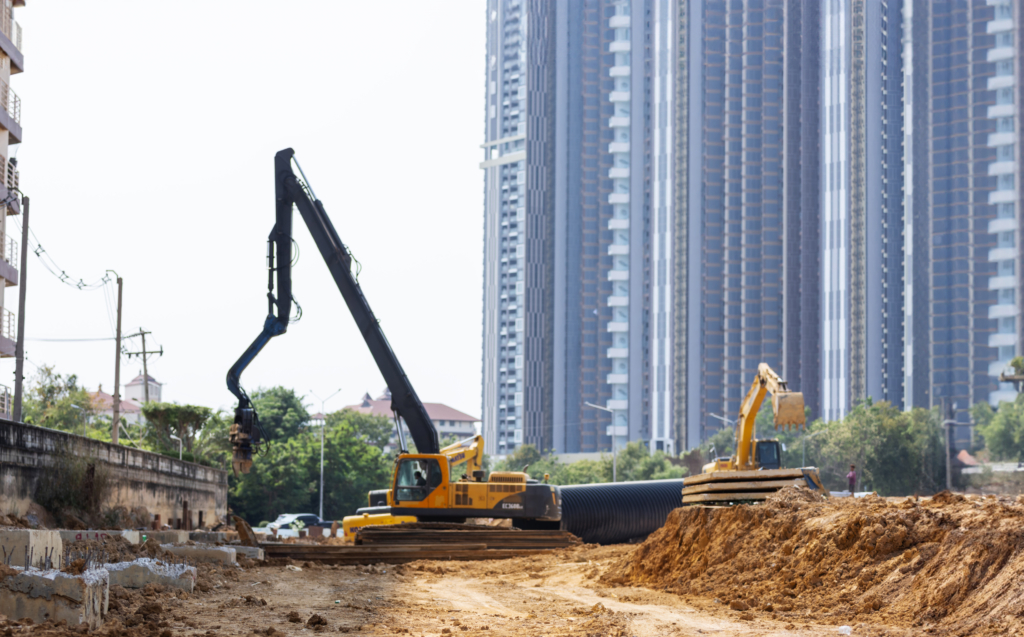
As we face growing pressure to decarbonise the built environment, the construction sector must urgently reimagine how materials are sourced, used, and recovered. One of the most promising and underutilized strategies is urban mining: the practice of recovering valuable materials from existing buildings at the end of their life cycle and reintegrating them into new developments.
What Is Urban Mining?
Urban mining treats cities as resource reservoirs. Instead of relying solely on virgin raw materials, it sees the components of existing buildings like steel, concrete, bricks, timber, fixtures as valuable assets that can be carefully dismantled and reused or recycled. This approach shifts the paradigm from “waste management” to “resource management,” and it’s a critical enabler of a truly circular construction economy.
The Full Cycle of Urban Mining
Urban mining is more than just salvage. It is a strategic and planned process that integrates technical audits, digital tools, and design thinking. The full cycle includes:
-
Pre-demolition Audits
Before any deconstruction begins, a detailed audit assesses the materials present in a building: quantities, conditions, potential reuse pathways. These audits inform both the dismantling process and future material planning, serving as the first step in transforming a demolition site into a material bank.
-
Selective Dismantling
Unlike traditional demolition, which often leads to mixed waste and downcycling, selective dismantling carefully extracts components to preserve their value. This process requires time, skill, and coordination but is essential to retain quality and usability of materials.
-
Material Passports
Once extracted, components are documented using material passports: digital records that store information on the origin, composition, performance, and potential reuse of materials. These passports are critical for traceability and quality assurance, facilitating confidence in reused materials in future projects.
-
Re-injection into New Builds
Recovered materials can then be reprocessed or directly reintegrated into new construction or renovation projects. This closes the loop, reducing the need for virgin resources, cutting emissions, and supporting circularity.
Challenges and Opportunities
Despite its promise, urban mining still faces barriers: lack of standardisation, limited market demand for reused materials, and regulatory hurdles. However, pilot projects across Europe are beginning to demonstrate scalability. Digital tools, such as BIM integration for material tracking and AI-powered audit analysis, are also accelerating adoption.
Unlocking the Circular Potential of Our Cities
The process, when done right, creates a tangible link between responsible sourcing, material efficiency, and climate goals. For forward-thinking developers, designers, and investors, urban mining is more than a sustainability trend; it’s a strategic approach to future-proofing projects and maximising long-term value.
At BuildGreen, we recognize that successfully implementing urban mining requires a holistic approach that goes beyond material recovery. Our expertise in sustainable construction and circular economy consulting enables us to guide clients through every step of the urban mining process: from strategic planning and digital material audits to integration with design and construction workflows.

